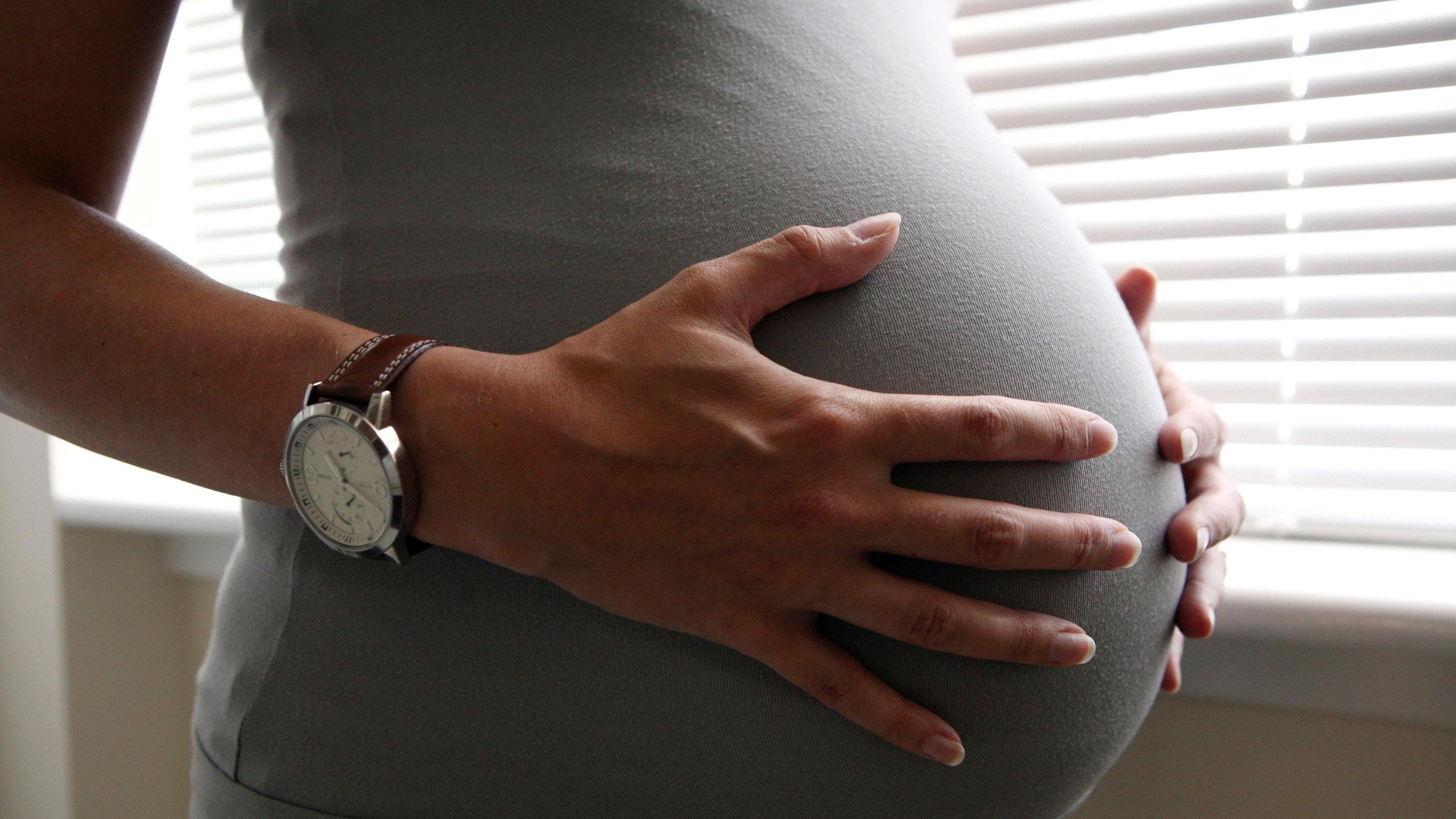
A major study has found sperm counts of Western men are in a “shocking” downward spiral that poses a potential threat to fertility in industrialised countries.
Scientists documented a 59.3% drop in the average amount of sperm produced by men from North America, Europe, Australia and New Zealand between 1973 and 2011.
The trend appears to be ongoing since the rate of decline remained “steep and significant” in the last 15 years of the analysis. Among the possible causes are environmental chemicals.
Other fertility experts described the findings as “shocking” and warned of a “double whammy” caused by the combined effects of falling sperm count and women in modern societies waiting until their 30s to get pregnant.
The research, published in the journal Human Reproduction Update, is based on a rigorous analysis of pooled data from 185 carefully screened studies.
It suggests that sperm counts have fallen by more than half in Western countries and the decline is real and not due to confounding factors such as different methods of measuring sperm numbers or population changes.
No similar pattern was seen in South America, Asia and Africa, although fewer studies had been conducted in these countries.

Enjoy the convenience of having The Sunday Post delivered as a digital ePaper straight to your smartphone, tablet or computer.
Subscribe for only £5.49 a month and enjoy all the benefits of the printed paper as a digital replica.
Subscribe